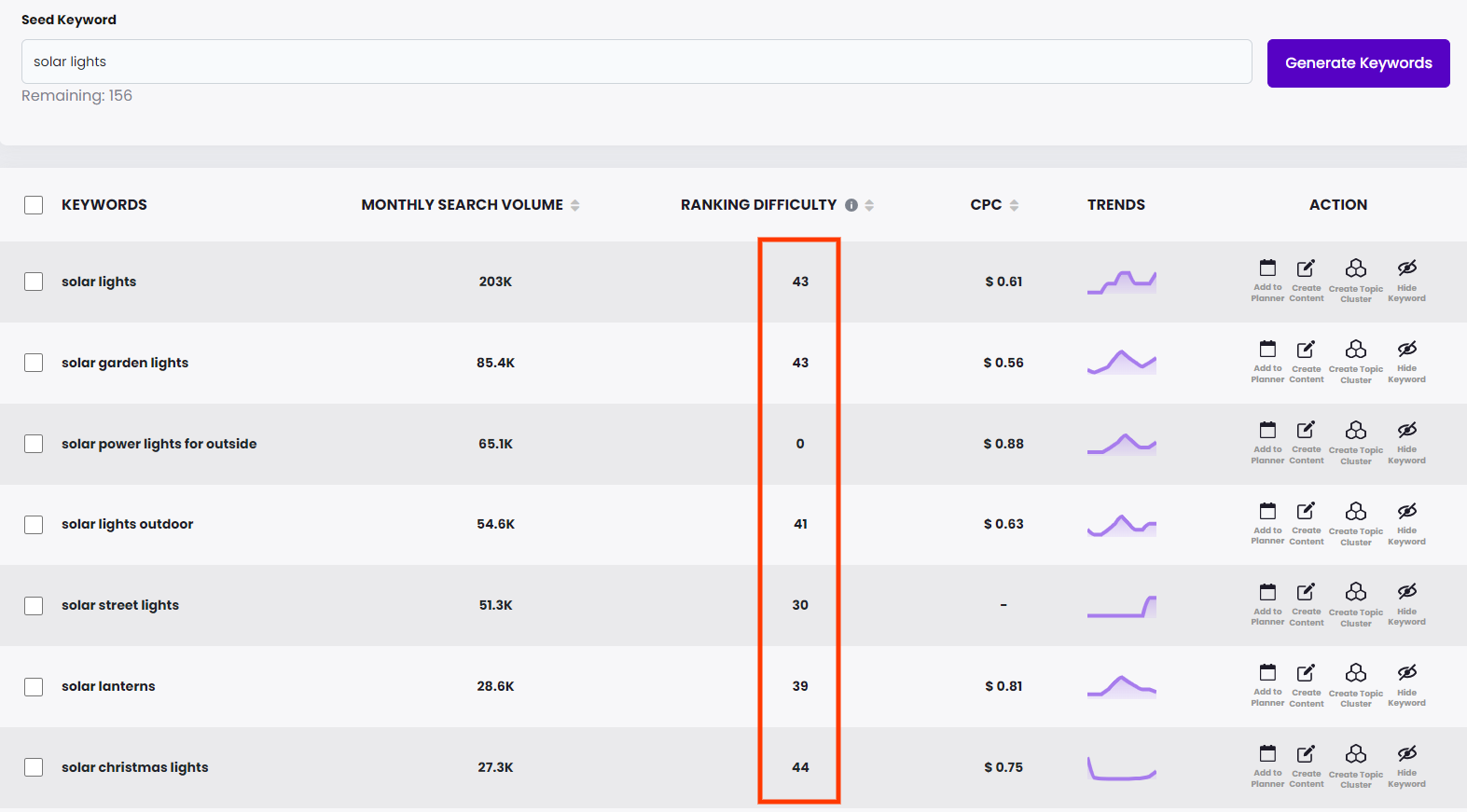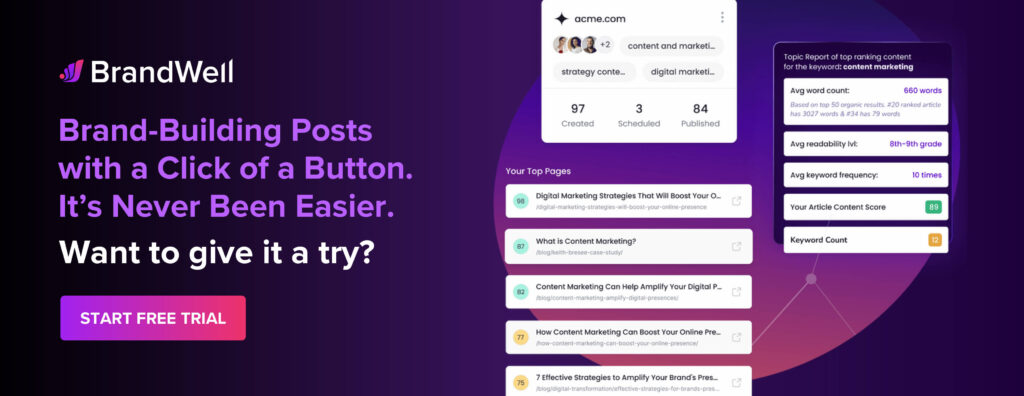Discover top guides, trends, tips and expertise from AIO Writers
What Is Google Sandbox in SEO? The Truth About SERP Ranking
Julia McCoy
Thursday, 16th May 2024
You’ve probably heard of the term Google Sandbox. What is it and does it truly exist?
“Google Sandbox” refers to a theory or concept that suggests Google might place new websites or certain web pages under a probationary period, during which they are not ranked well for competitive keywords.
The idea is that Google might hold back newer sites from ranking prominently until they have proven themselves to be legitimate and trustworthy over time.
Google has never officially confirmed the existence of a sandbox so it has become a contentious topic in the SEO community.
Find out what SEO specialists and website owners are saying as we uncover the truth behind the Google Sandbox.
Table Of Contents:
- What Is Google Sandbox in SEO?
- Common Misconceptions About the Google Sandbox
- How Long Does the Google Sandbox Period Last?
- How to Get Out of the Google Sandbox
- Strategies for Ranking a New Website Faster
- FAQs: What is Google Sandbox in SEO?
- Conclusion
What Is Google Sandbox in SEO?
The Google Sandbox theory suggests that new websites undergo a “sandbox period” where their site ranking is suppressed no matter how well-optimized they are.
This can be incredibly frustrating for website owners who have poured their heart and soul into their site, only to have Google deny them the visibility they deserve.
So why would Google implement such a cruel and unusual punishment?
Well, the sandbox is believed to be an anti-spam measure, designed to prevent new websites from using black-hat SEO tactics to quickly climb the search engine ranks.
By placing new sites in a probationary period, Google can better assess their quality and trustworthiness before letting them show up on Page One.
So how do you know if your website is stuck in the Google Sandbox? Here are a few telltale signs:
- Your site is indexed by Google but not ranking for its target keywords
- You’re ranking well on other search engines like Bing and Yahoo, but not Google
- Your site suddenly drops in rankings after an initial honeymoon period
If you’re experiencing these symptoms, don’t panic. The Google Sandbox is not a life sentence. With some patience, persistence, and white-hat SEO strategies, you can break free from the sandbox and start ranking like a champ.


Common Misconceptions About the Google Sandbox
Let’s clear the air about some of the most common misconceptions surrounding the Google Sandbox. As an SEO expert who’s helped countless websites rank higher, I’ve seen firsthand how these myths can lead people astray.
First off, it’s important to note that Google has never officially confirmed the existence of a sandbox. It’s all speculation based on the experiences of SEO experts who’ve seen patterns in how new websites rank. Despite countless discussions among SEO professionals, Google remains tight-lipped on the subject.
Another misconception is that all new websites get stuck in the sandbox. While it’s common for newly launched websites to have a harder time ranking initially, not every site falls victim to the sandbox effect. I’ve seen some launched websites with high-quality backlinks and solid digital marketing strategies rank high from the get-go. So while the sandbox is real for many, it’s not an absolute rule.
Some people think the sandbox is a penalty from Google, but that’s not the case. New websites that don’t rank right away aren’t being punished — Google just needs time to evaluate them.
Finally, being in the sandbox doesn’t mean you can’t rank at all. Even new websites can often rank for less competitive, long-tail keywords. So don’t let the sandbox stop you from targeting relevant keywords from day one.
How Long Does the Google Sandbox Period Last?
Ah, the million-dollar question. How long will your website be stuck in the Google Sandbox?
The length of time a website spends in the sandbox can vary widely. I’ve seen some sites break free in a matter of weeks, while others take months. It depends on factors like the competitiveness of your niche, the quality of your content, and how strong your backlink profile is.
In my experience, most new websites spend an average of 3-6 months in the sandbox before they start ranking higher for their target keywords. But I’ve seen it take up to 8 months or more in some cases.
It’s a long time to wait, I know. But trust me, it’s worth it to lay a strong foundation from the start rather than try to cut corners and risk getting on Google’s bad side.
How to Get Out of the Google Sandbox
So, your website is stuck in the Google Sandbox, and you’re wondering how to break free.
Here are some ways to overcome the sandbox effect and start moving up the SERPs:
Focus on Quality Content and User Experience
If you want to get Google’s attention and start earning search traffic, create high-quality content that solves a real problem for your audience.
By focusing on quality and value, you’ll send all the right signals to Google, helping you escape the sandbox quickly.
Plus, great content will naturally attract backlinks and social shares, which are like gold stars in Google’s eyes. So put on your creativity hat and start crafting content that your audience will love.
Build High-Quality Backlinks
Speaking of backlinks, they’re another crucial factor in ranking on Google.
But don’t just build links for the sake of link building! You need high-quality backlinks from authoritative, relevant websites in your niche.
Think of backlinks as votes of confidence from other websites. The more high-quality votes you have, the more Google will trust your site and reward you with better website ranking.
Start networking, guest posting, and creating link-worthy content to build those backlinks.


Leverage Social Media
Social media platforms may not have a direct impact on your search engine rankings, but they can still play a vital role in your SEO strategy.
Promoting your content on social media and engaging with your audience can drive valuable traffic to your website, raise brand awareness, and create social signals that can indirectly contribute to your SEO success.
Plus, social media is a great way to build relationships with influencers and other websites in your niche, which can lead to valuable backlink opportunities. So don’t be afraid to get social and start promoting your content like a pro.
Submit an XML Sitemap to Google Search Console
Want to boost your search visibility and break free from the Google Sandbox? Submit your XML sitemap through Google Search Console. It’s a game-changer that helps Google quickly find and index all your website’s pages.
Think of your XML sitemap as a roadmap for Google’s crawlers. By submitting it to Search Console, you’re essentially handing them a GPS to navigate your site more easily. And the faster Google can index your pages, the sooner you can break free from the sandbox.
Monitor Site Performance with Google Analytics
Keep an eye on how your website’s doing with SEO tracking tools like Google Analytics. They’ll give you the scoop on what’s working and what needs a little TLC, so you can make smart moves to boost your SEO game.
Track your website’s traffic, bounce rates, and conversion metrics. By analyzing how users engage with your site, you can tweak your content marketing strategy and improve your on-page SEO and link-building tactics.


There you have it – your ticket out of the Google Sandbox and into the promised land of SEO success. Sure, it might take a bit of elbow grease and some serious perseverance, but stick to the plan, keep your eye on the prize, and you’ll be dominating those search rankings faster than you can say “algorithm update.”
Strategies for Ranking a New Website Faster
Launching a new website is like sending your kid off to their first day of school – you want them to make a great first impression and succeed right off the bat. But just like in school, ranking high on Google takes time and effort.
However, there are some strategies you can use to give your new site a head start and minimize the impact of the Google Sandbox.
Target Low-Competition Keywords
When you’re first starting out, it’s tempting to go after the big, juicy keywords in your niche. But just like in a video game, you need to level up before taking on the final boss. The best way to climb the Google ladder faster is to focus on targeting low-competition keywords that are relevant to your business.
Pro tip: After running your keyword research tool, look for phrases with a difficulty score of under 40.


These long-tail keywords may not have the highest search volume, but they’re usually easier to rank for and can still bring in targeted traffic. Plus, ranking for these keywords can help build your site’s authority and pave the way for targeting more competitive terms down the line.
Buy Expired Domains With Existing Authority
One sneaky way to give your new site a boost is to purchase an expired domain that has some backlinks pointing to it. The previous owner already put in the work to build authority and now you can piggyback on that effort — giving you a head start.
By redirecting the expired domain to your new site, you can leverage its existing link equity and potentially rank faster. Just be sure to choose a domain that’s relevant to your niche and hasn’t been previously used for spammy purposes. You don’t want to inherit a bad reputation along with those backlinks.
Create a Strong Internal Linking Structure
Internal linking helps distribute link equity, guides users to important pages, and helps search engines understand your site’s structure. By creating a strong internal linking strategy from the get-go, you can give your new site a solid foundation for SEO success.
Focus on linking to your most important pages from your homepage and navigation, use descriptive anchor text, and create content silos around your main topics. Think of it as giving your website a strong skeleton to build upon as it grows and evolves.
Guest Post on Relevant Sites
Another way to build links for your new website is to ask for help from a friend. It could be a fellow blogger, influencer, or website owner. By guest posting for other relevant, trustworthy websites, you can expose your brand to a new audience, build relationships with other thought leaders, and earn high-quality backlinks to your site.
Just be sure to choose guest posting opportunities wisely and always prioritize quality over quantity. Focus on creating genuinely useful content that showcases your expertise and provides value to the host site’s audience.
By implementing these strategies from day one, you can help your new website avoid the worst of the Google Sandbox and start ranking faster for your target keywords. It may take some extra effort upfront, but trust me – it’s worth it to see your website thrive and grow like a well-nourished plant.
FAQs: What is Google Sandbox in SEO?
What does Google Sandbox do?
Google Sandbox tests new sites, limiting their search visibility. It’s like a trial period to prove your website’s quality and relevance.
How long is Google Sandbox?
The duration varies but typically ranges from 1 to 6 months. Factors like content quality and backlinks can influence it.
What does the term sandbox mean in SEO?
In SEO, “sandbox” refers to an alleged filter that prevents new websites from ranking well in Google’s search results initially.
What is a sandbox in digital marketing?
Sandbox in digital marketing points to a testing phase where strategies are evaluated for effectiveness before wider application or launch.
Conclusion
Now that you’re familiar with what is Google Sandbox in SEO, you can start creating an escape plan.
With SEO tools, you can begin crafting compelling, Google-friendly content that resonates with your audience, earning genuine backlinks from reputable sources, and fostering engagement through social media and other channels. With consistent effort, your site’s authority will soar.
Remember, the key to success in SEO is patience, persistence, and a commitment to providing value to your users. Keep at it and your website will eventually emerge from the Google Sandbox, ready to take its place among the top-ranking sites in your niche.

UNLOCK YOUR POTENTIAL
Long Headline that highlights Value Proposition of Lead Magnet
Grab a front row seat to our video masterclasses, interviews, case studies, tutorials, and guides.



